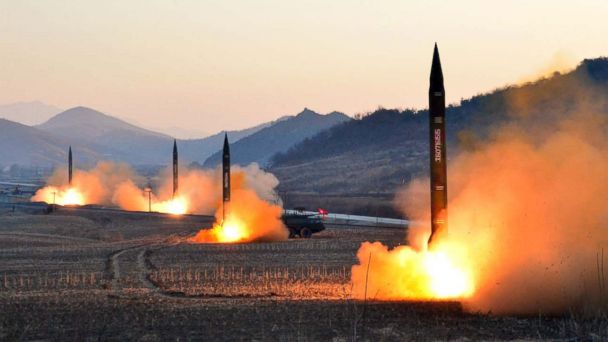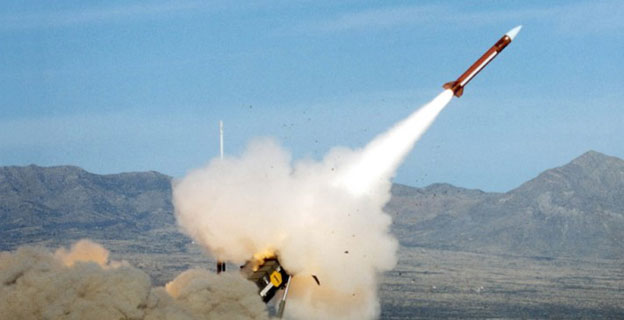The most important advantage of a ballistic missile is its extremely high speed, extremely large range and can carry many warheads.


Ballistic missiles are generally divided into two categories, short-range ballistic missiles and long-range ballistic missiles (also known as intercontinental ballistic missiles). While short-range ballistic missiles have maximum altitude under the atmosphere, long-range ballistic missiles can reach space altitude before “falling” back to earth.
Due to its extremely high speed and high trajectory, ballistic missiles are extremely difficult to intercept. However, this type of missile is very easy to detect immediately after launch.

The second type of missile is more modern and also much more accurate, the cruise missile. Cruise missiles typically have a shorter range than long-range ballistic missiles, but their accuracy is extremely high.
Basically, a cruise missile is like a jet, it will use an engine to continuously maintain speed, can “glide” in the air, change the trajectory even on the fly. This gives cruise missiles a great deal of flexibility, able to fly at low or high altitudes. It can change its target while in flight, and change its altitude through each phase to ensure secrecy and surprise.
Thanks to its high accuracy, cruise missiles can hit even moving targets, such as enemy warships. Most anti-ship missiles today are cruise missiles. However, due to the need for fuel during flight, the cruise missile has a limited range, and its weight and number of warheads are also limited, often with a single warhead.

The maximum speed of the cruise missile is also not too high, usually only from Mach 0.8 like the Nirbhay missile to Mach 3 like the BrahMos missile. With hypersonic missiles, the speed is no more than Mach 5.
Due to its high accuracy, cruise missiles are often equipped with conventional warheads. Meanwhile, ballistic missiles are often equipped with nuclear warheads, enough to destroy the target even though the accuracy is not high.
Soucre: military-wiki.com





